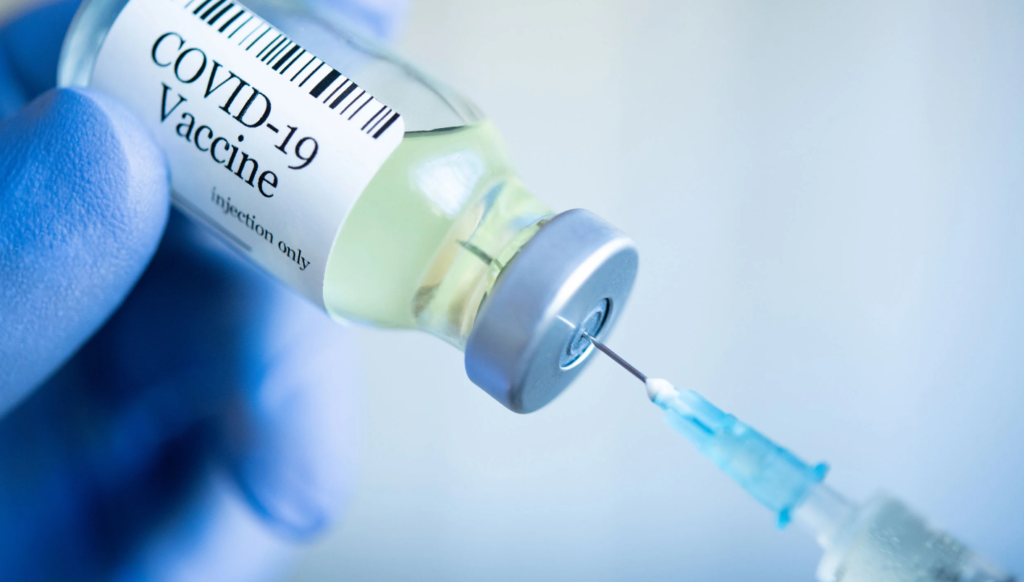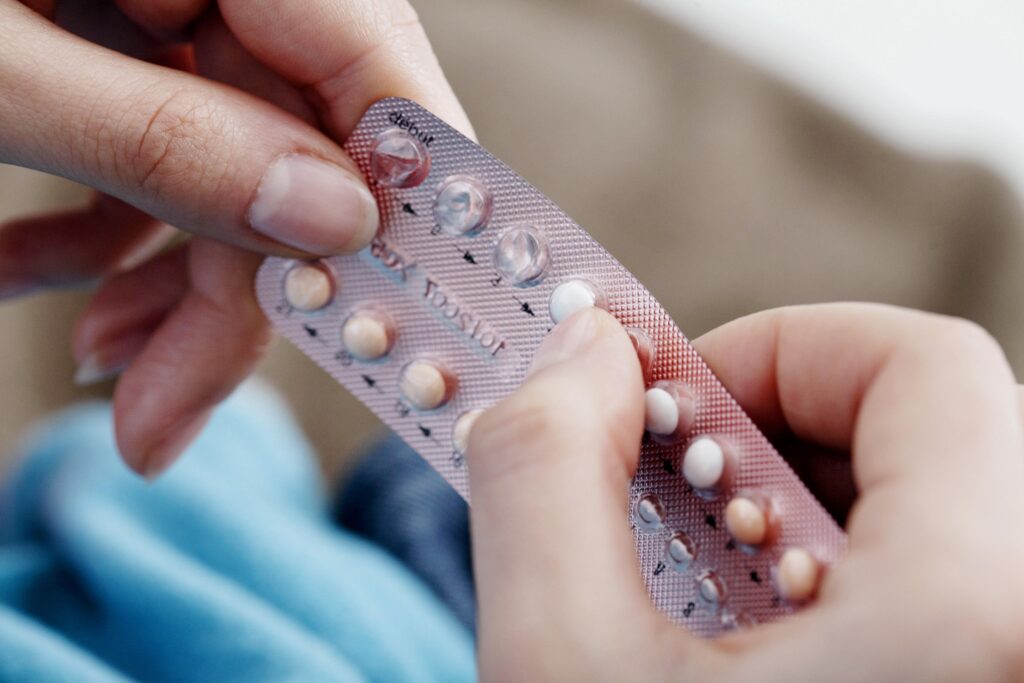Learn why fertile cervical mucus is crucial for conception and how to optimize its production.
The Importance of Fertile Cervical Mucus for Conception
The process of conception can be a complex and fascinating journey. Understanding the role of fertile cervical mucus in this process is essential for couples trying to conceive. Fertile cervical mucus plays a vital role in facilitating the meeting of sperm and egg, creating an optimal environment for fertilization to occur.
Understanding Fertility and Conception
Before delving into the intricacies of cervical mucus, it is important to understand the basics of fertility and conception. Fertility is the ability to conceive and sustain a pregnancy. In order for conception to take place, a few key factors must align. These include the presence of healthy sperm, a mature egg, and a conducive environment for fertilization.
When it comes to fertility, hormones play a crucial role in regulating the menstrual cycle and ensuring that everything is in sync. In women, the menstrual cycle is governed by various hormones, including estrogen and progesterone. These hormones work together to prepare the body for pregnancy by stimulating the growth and maturation of the egg.
But how does conception actually happen? Conception occurs when a sperm successfully fertilizes an egg. This incredible process typically takes place within the fallopian tubes, where the egg awaits fertilization. The journey of sperm through the female reproductive system is guided by various factors, including fertile cervical mucus.
The Role of Hormones in Fertility
As mentioned earlier, hormones play a crucial role in regulating the menstrual cycle and fertility. Estrogen, often referred to as the “female hormone,” is responsible for the development and maturation of the egg. It also helps to create a thick lining in the uterus, known as the endometrium, which is essential for implantation and the successful development of a pregnancy.
Progesterone, on the other hand, is known as the “pregnancy hormone.” It is responsible for maintaining the thick lining of the uterus and preparing it for implantation. If fertilization occurs, progesterone continues to support the pregnancy by preventing the shedding of the uterine lining and ensuring a stable environment for the developing embryo.
Throughout the menstrual cycle, the levels of estrogen and progesterone fluctuate, creating a delicate balance that is necessary for fertility. When these hormones are in sync, the body is primed for conception. However, any disruptions in this hormonal balance can affect fertility and make it more challenging to conceive.
The Process of Conception
Now that we understand the role of hormones in fertility, let’s explore the fascinating process of conception. It all begins with the release of a mature egg from the ovary, a process known as ovulation. Once released, the egg travels through the fallopian tubes, where it awaits fertilization by a sperm.
Meanwhile, in the male reproductive system, millions of sperm are produced and stored in the testes. During sexual intercourse, these sperm are ejaculated into the vagina and begin their journey towards the fallopian tubes. The sperm must navigate through the cervix, the lower part of the uterus, and into the fallopian tubes to reach the awaiting egg.
But how do the sperm know where to go? This is where fertile cervical mucus comes into play. Cervical mucus is a fluid secreted by the cervix that changes in consistency throughout the menstrual cycle. During the fertile window, which typically occurs a few days before ovulation, the cervical mucus becomes thin, slippery, and stretchy, resembling the consistency of egg whites. This fertile cervical mucus provides a hospitable environment for sperm, helping them to swim more easily through the cervix and into the fallopian tubes.
Once the sperm reaches the fallopian tubes, it must navigate its way to the awaiting egg. This journey is not an easy one, as the fallopian tubes are lined with tiny hair-like structures called cilia that help to propel the egg and sperm towards each other. If a sperm successfully reaches the egg and penetrates its outer layer, fertilization occurs, marking the beginning of a new life.
Understanding the intricacies of fertility and conception can be both fascinating and complex. From the role of hormones in regulating the menstrual cycle to the incredible journey of sperm through the female reproductive system, every step in the process is essential for the creation of life. By gaining a deeper understanding of these processes, we can appreciate the incredible complexity and beauty of human reproduction.
The Function of Cervical Mucus in the Female Reproductive System

The cervix, located at the lower end of the uterus, produces cervical mucus throughout the menstrual cycle. Cervical mucus serves a multitude of functions, all of which contribute to fertility and successful conception.
One of the primary functions of cervical mucus is to provide a protective barrier for the uterus. After menstruation, the cervix produces minimal and thick mucus, forming a plug-like barrier that helps to prevent bacteria and other harmful substances from entering the reproductive tract. This barrier is essential for maintaining the health of the uterus and preventing infections.
However, as ovulation approaches, hormonal changes trigger the production of fertile cervical mucus. This change in mucus texture is often referred to as fertile cervical mucus and plays a crucial role in aiding the sperm’s journey to the egg.
The Different Types of Cervical Mucus
Cervical mucus can vary in consistency and appearance throughout the menstrual cycle. Understanding these changes can be helpful for couples trying to conceive.
After menstruation, the cervical mucus tends to be minimal and thick, forming a plug-like barrier. This type of mucus is not conducive to sperm survival or movement. It acts as a protective shield for the uterus, preventing any potential infections.
As the menstrual cycle progresses, the cervix starts producing a different type of mucus. In the days leading up to ovulation, cervical mucus typically becomes more abundant, thinner, and stretchy. This change in mucus texture is a result of increased estrogen levels, which stimulate the cervix to produce fertile cervical mucus.
Fertile cervical mucus is clear, slippery, and resembles raw egg whites. It provides an optimal environment for sperm survival and movement. The thin consistency of this mucus allows sperm to swim more easily through the reproductive tract, increasing the chances of successful fertilization.
By observing changes in cervical mucus, women can track their fertility and identify their most fertile days for conception.
How Cervical Mucus Changes Throughout the Menstrual Cycle
Throughout the menstrual cycle, the production and quality of cervical mucus change in response to hormonal fluctuations.
After menstruation, the cervix remains relatively dry, producing minimal mucus. This phase is known as the “dry phase” and is characterized by the absence of fertile cervical mucus.
As the follicular phase begins, estrogen levels rise, stimulating the cervix to produce more mucus. The mucus gradually transitions from being minimal and thick to becoming more abundant and less viscous.
As ovulation approaches, the cervix produces the most fertile cervical mucus. This fertile mucus is clear, slippery, and stretchy, indicating the peak of fertility. It is during this phase that the chances of conception are highest.
After ovulation, the production of cervical mucus decreases, and the mucus becomes thicker and less fertile. This phase is known as the “post-ovulatory phase” and is characterized by the absence of fertile cervical mucus.
Understanding the changes in cervical mucus throughout the menstrual cycle can help couples trying to conceive to identify their most fertile days and optimize their chances of successful conception.
The Characteristics of Fertile Cervical Mucus
Fertile cervical mucus possesses specific physical properties that make it conducive for sperm survival and transport.
When it comes to fertility, cervical mucus plays a crucial role in the reproductive process. It acts as a gateway for sperm, providing them with the necessary environment to reach and fertilize the awaiting egg. Understanding the characteristics of fertile cervical mucus can greatly assist couples in their journey to conceive.
Physical Properties of Fertile Cervical Mucus
One of the key characteristics of fertile cervical mucus is its increased water content, which gives it a slippery and lubricative texture. This allows sperm to swim more freely and facilitates their journey towards the awaiting egg. The presence of this slippery mucus is often referred to as “egg white cervical mucus” due to its resemblance to raw egg whites.
In addition to its lubricative nature, fertile cervical mucus has a lower viscosity compared to non-fertile mucus. This lower viscosity enables sperm to move through the mucus more efficiently, increasing their chances of reaching the egg. The mucus acts as a protective medium, guiding and nourishing the sperm along their path.
How Fertile Cervical Mucus Aids Sperm Survival and Transport
Fertile cervical mucus creates a hospitable environment for sperm by nourishing and protecting them. It provides nutrients and electrolytes that help sustain sperm viability and motility. These essential substances ensure that the sperm remain healthy and capable of fertilizing the egg.
Furthermore, fertile cervical mucus acts as a filter, helping to eliminate abnormal or unhealthy sperm. This filtration process increases the chances of a successful fertilization event, as it allows only the most viable and genetically sound sperm to reach the egg.
It is important to note that the presence and characteristics of fertile cervical mucus vary throughout a woman’s menstrual cycle. As ovulation approaches, the production of fertile cervical mucus increases, signaling the most fertile period for conception. By monitoring changes in cervical mucus, couples can identify the optimal time for intercourse to maximize their chances of achieving pregnancy.
In conclusion, fertile cervical mucus plays a vital role in the reproductive process. Its unique physical properties and ability to support sperm survival and transport make it an essential factor in achieving pregnancy. Understanding and recognizing the characteristics of fertile cervical mucus can greatly assist couples in their journey towards starting or expanding their family.
Factors that Influence the Quality of Cervical Mucus
Several factors can affect the production and quality of cervical mucus in women.
Age and Fertility
As women age, the quality and quantity of cervical mucus may decline. This is because hormonal changes, particularly a decrease in estrogen levels, can affect mucus production. Additionally, certain medical conditions or treatments may impact cervical mucus production. It is important for women of all ages to be aware of these potential factors and seek appropriate medical advice if needed.
Lifestyle Factors and Fertility
Lifestyle choices can also influence the quality of cervical mucus. Factors such as smoking, excessive alcohol consumption, and certain medications can have a negative impact on cervical mucus production, making conception more challenging. Maintaining a healthy lifestyle, including a balanced diet and regular exercise, can help optimize cervical mucus production and overall fertility.
Improving Cervical Mucus for Successful Conception
If you are trying to conceive and are concerned about the quality of your cervical mucus, there are steps you can take to improve it.
Natural Ways to Improve Cervical Mucus
Staying hydrated by drinking plenty of water can help maintain adequate cervical fluid. Additionally, certain dietary changes, such as increasing your intake of foods rich in omega-3 fatty acids and vitamin E, may promote healthy cervical mucus production. Moreover, avoiding personal lubricants that can impede sperm motility and using fertility-friendly lubricants can enhance the chances of conception.
Medical Interventions for Improving Cervical Mucus
If natural methods do not yield the desired results, medical interventions may be considered. Fertility specialists can provide guidance on various strategies, such as hormonal medications that can regulate hormone levels and improve cervical mucus production. In some cases, assisted reproductive technologies, such as intrauterine insemination (IUI) or in vitro fertilization (IVF), may be recommended.
Conclusion
Understanding the significance of fertile cervical mucus in the process of conception is crucial for couples trying to start or expand their families. Cervical mucus serves as a vital component in the intricate journey of sperm towards the egg. By recognizing the different types of cervical mucus, understanding its characteristics, and being mindful of factors that can impact its quality, individuals can improve their chances of successful conception. It is important to consult with healthcare professionals for personalized advice and support throughout the fertility journey.




